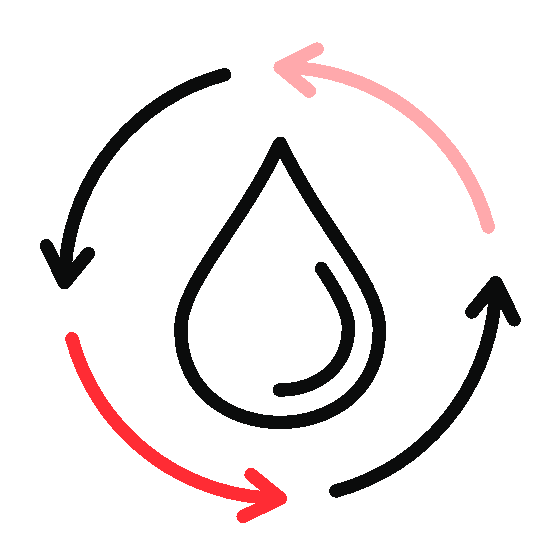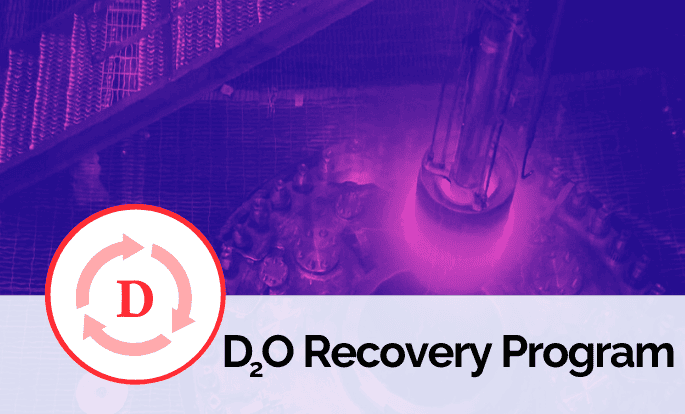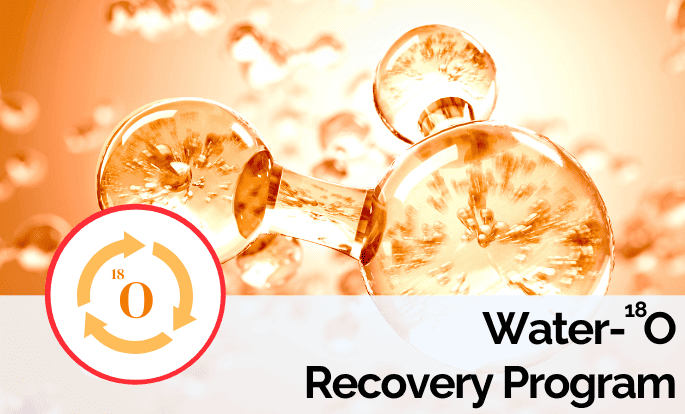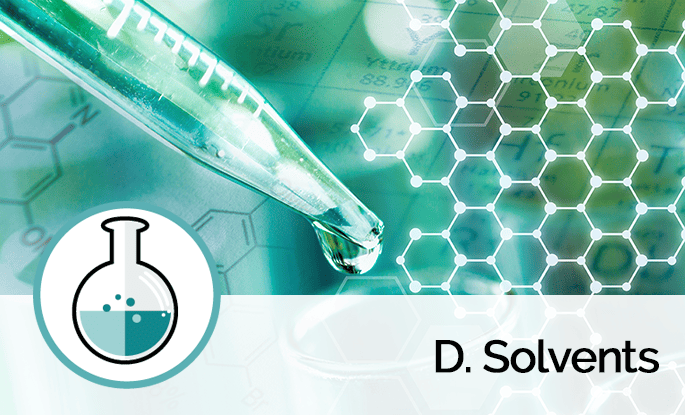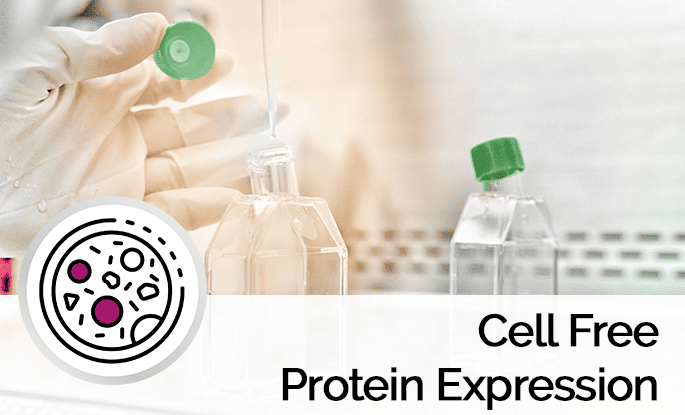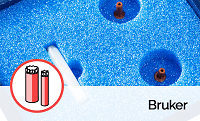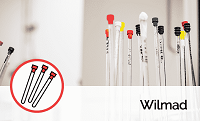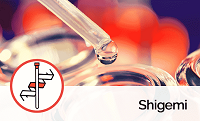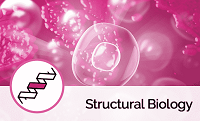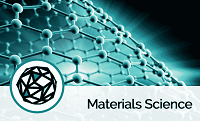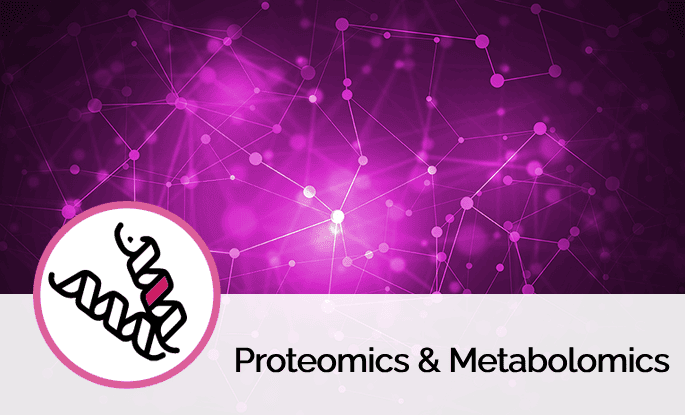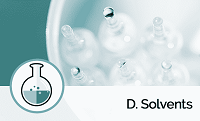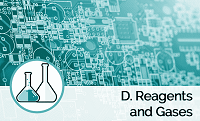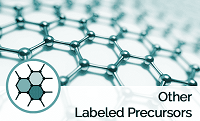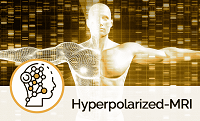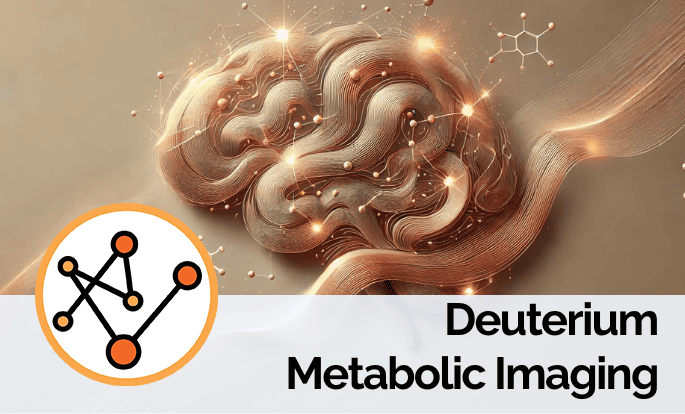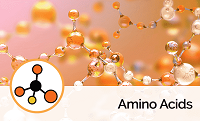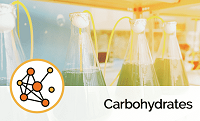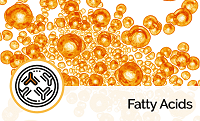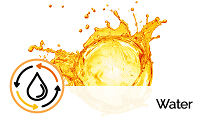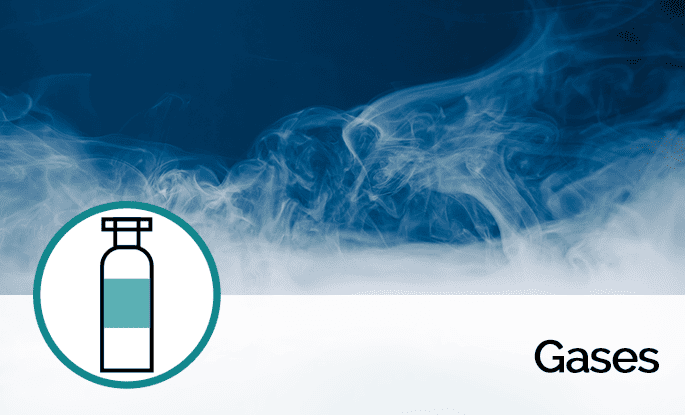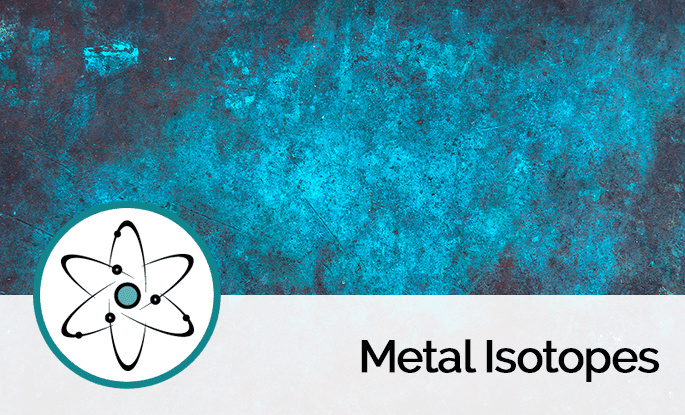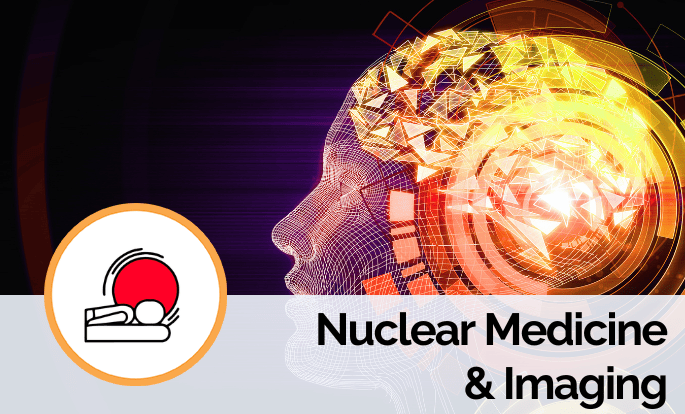A carbon breath test consists in the administration to a patient of a labeled substrate that is metabolized by a specific enzyme resulting in CO2 as the end product. Measurement of carbon enrichment in breath allows monitoring the enzyme response. Initially, carbon breath tests were developed using radioactive carbon isotope 14C. However, with increasing awareness of radiation hazard of 14C, notably for studies in children and pregnant women and for repeated studies in adults, the non-radiating carbon isotope 13C is nowadays preferred.
The 13C-labelled tracer probe is a specifically designed substrate of a “gateway” enzyme in a discrete metabolic pathway. The turnover of the substrate can be measured by its decomposition to labelled carbon dioxide. 13CO2 is released as the end product of metabolism and is exhaled. Breath tests depend on the hypothesis, that the process in question determines the excretion rate of 13CO2, because all other metabolic processes are much faster or not variable.
In vivo, several enzyme activities, organ functions or transport processes can be evaluated using breath tests. As the samples can be analyzed using simple analytical spectrometers, or sent by mail to an analytical center, breath tests can be easily performed in primary care settings.
The most popular breath test is the 13C-urea breath test that is a simple, non-invasive and accurate test to demonstrate Helicobacter pylori (H. pylori) infection of the stomach in adults and children (Figure below).

Figure. Schematic representation of the principle of the 13C-urea breath test.
Over the years, a number 13C-substrates have been developed to investigate transport, digestion, absorption, oxidation processes or enzymatic activities.
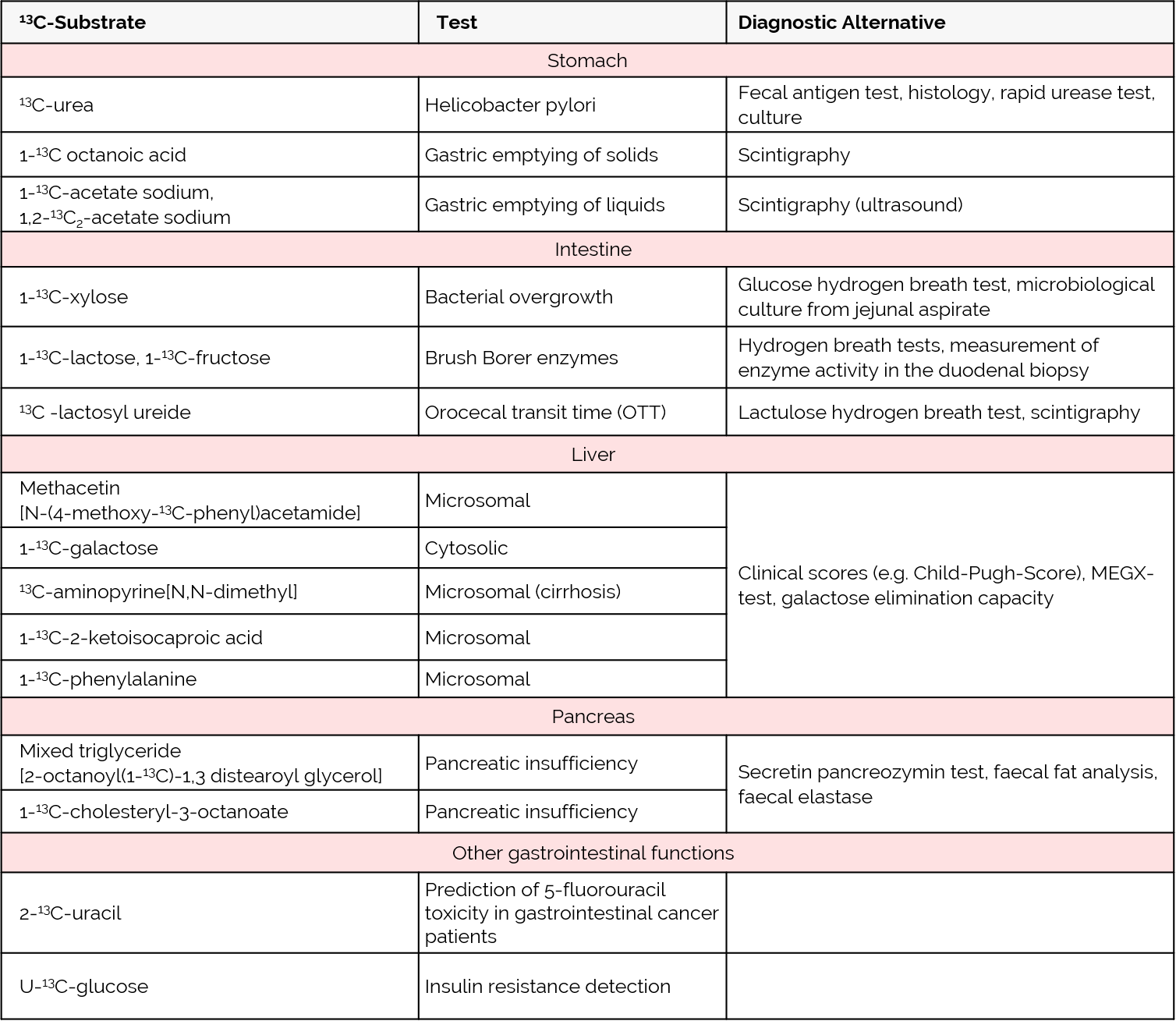
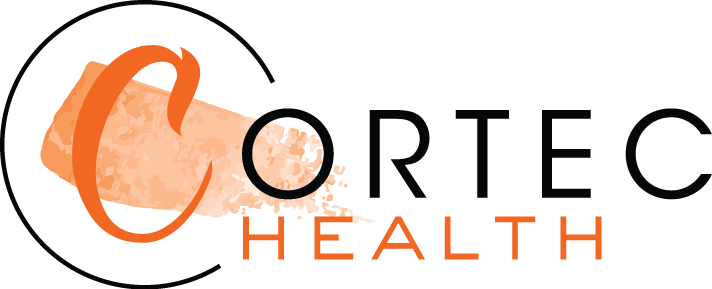
Cortec Health is pleased to offer a wide range of 13C-labeled compounds for Breath Tests at pre-clinical grade.

